Description
Metals in the periodic table represent the majority of the elements and are primarily located on the left side and in the center of the table. Characterized by their shiny, lustrous appearance, metals are known for their high electrical and thermal conductivity. They are typically malleable, allowing them to be hammered into thin sheets, and ductile, meaning they can be drawn into wires. Most metals are solid at room temperature, with the notable exception of mercury, which is liquid. Metals tend to have lower electronegativities, meaning they readily lose electrons to form cations during chemical reactions. This property underlies their tendency to form ionic bonds with non-metals. In the periodic table, the properties of metals become more pronounced as one moves from right to left and from top to bottom. This group includes familiar elements like iron, gold, silver, copper, and aluminum, which are integral to various industries and technologies. Alkali metals and alkaline earth metals, found in the first two groups of the periodic table, are among the most reactive metals, often reacting vigorously with water and oxygen.
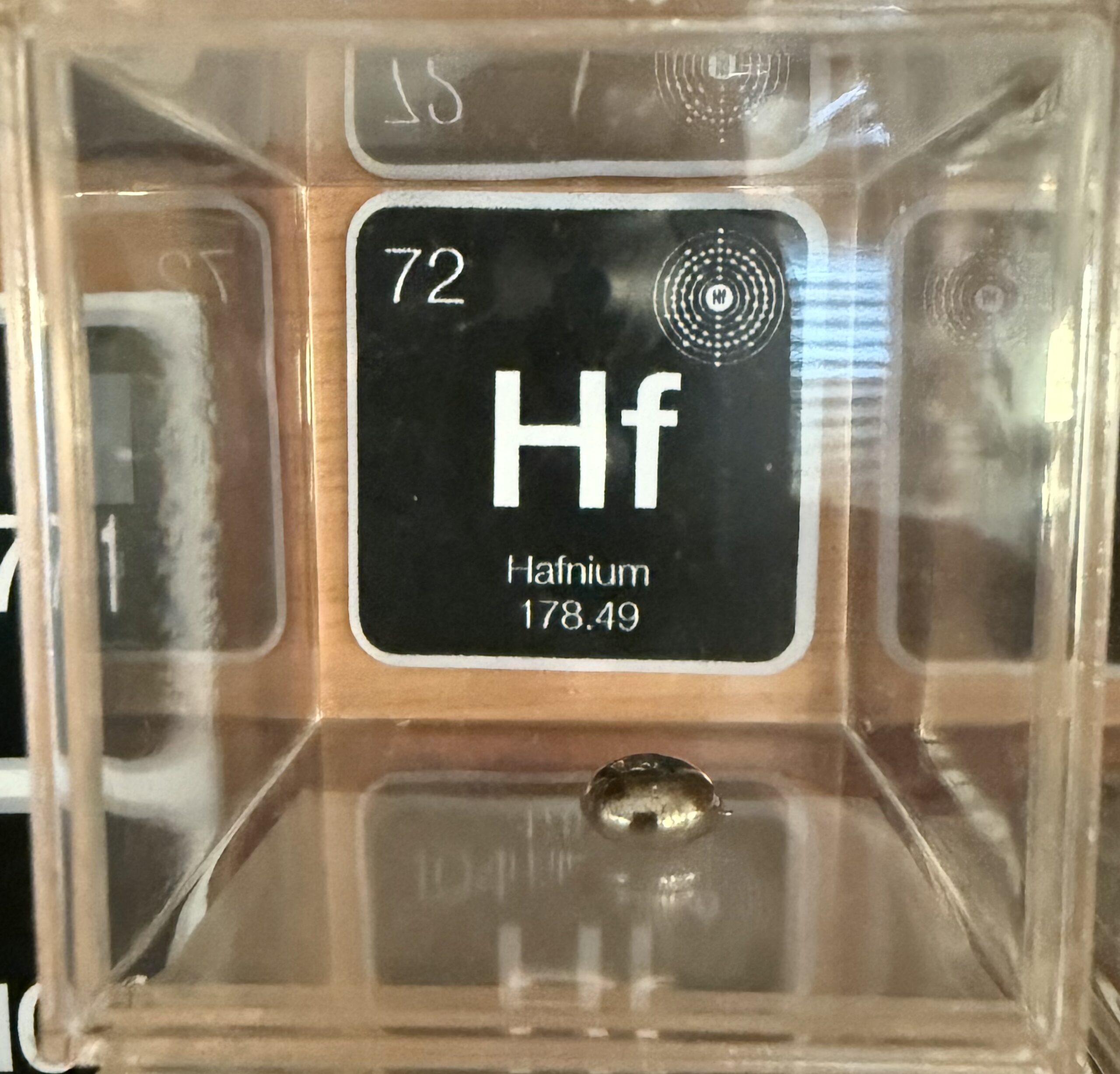
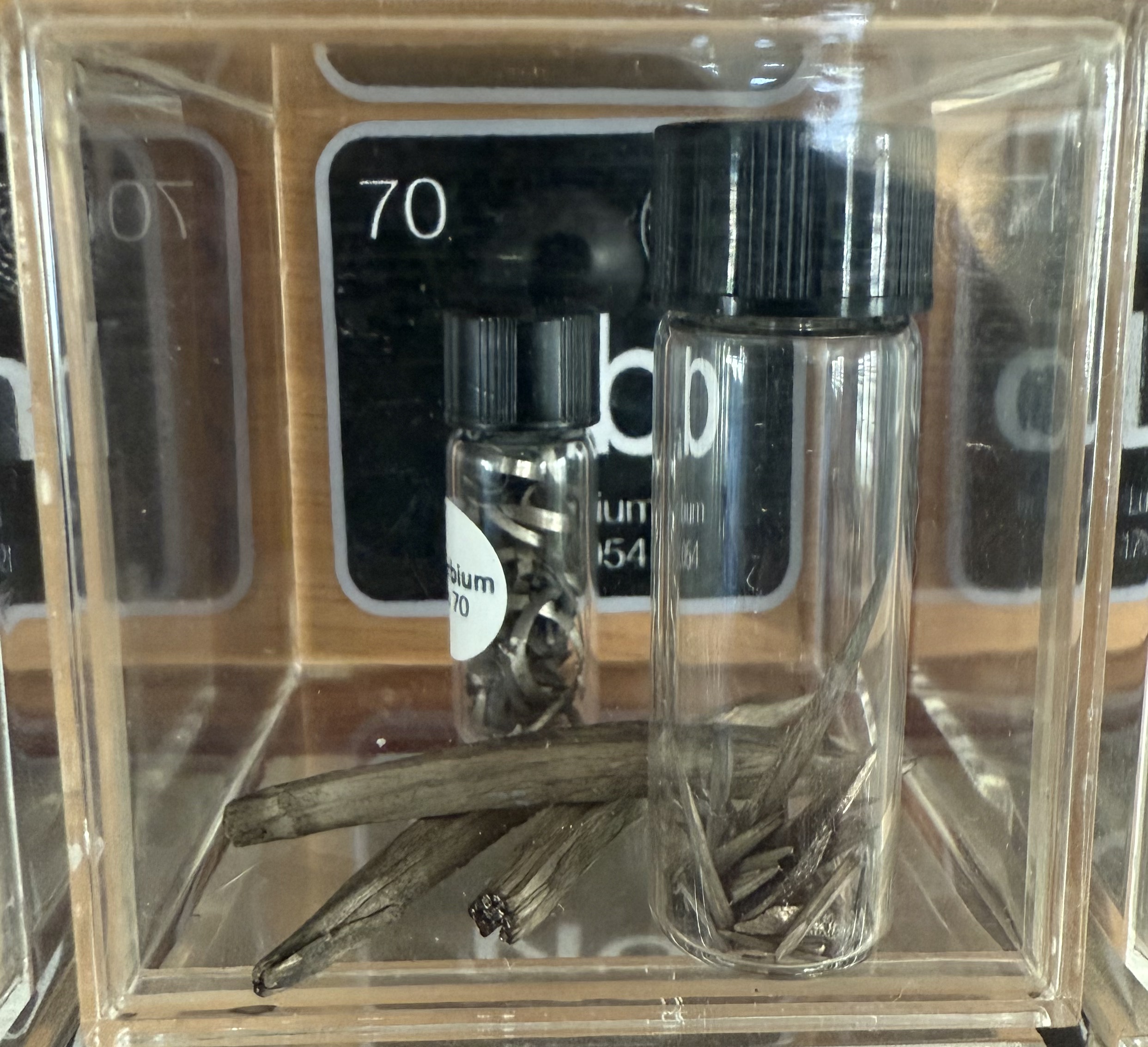
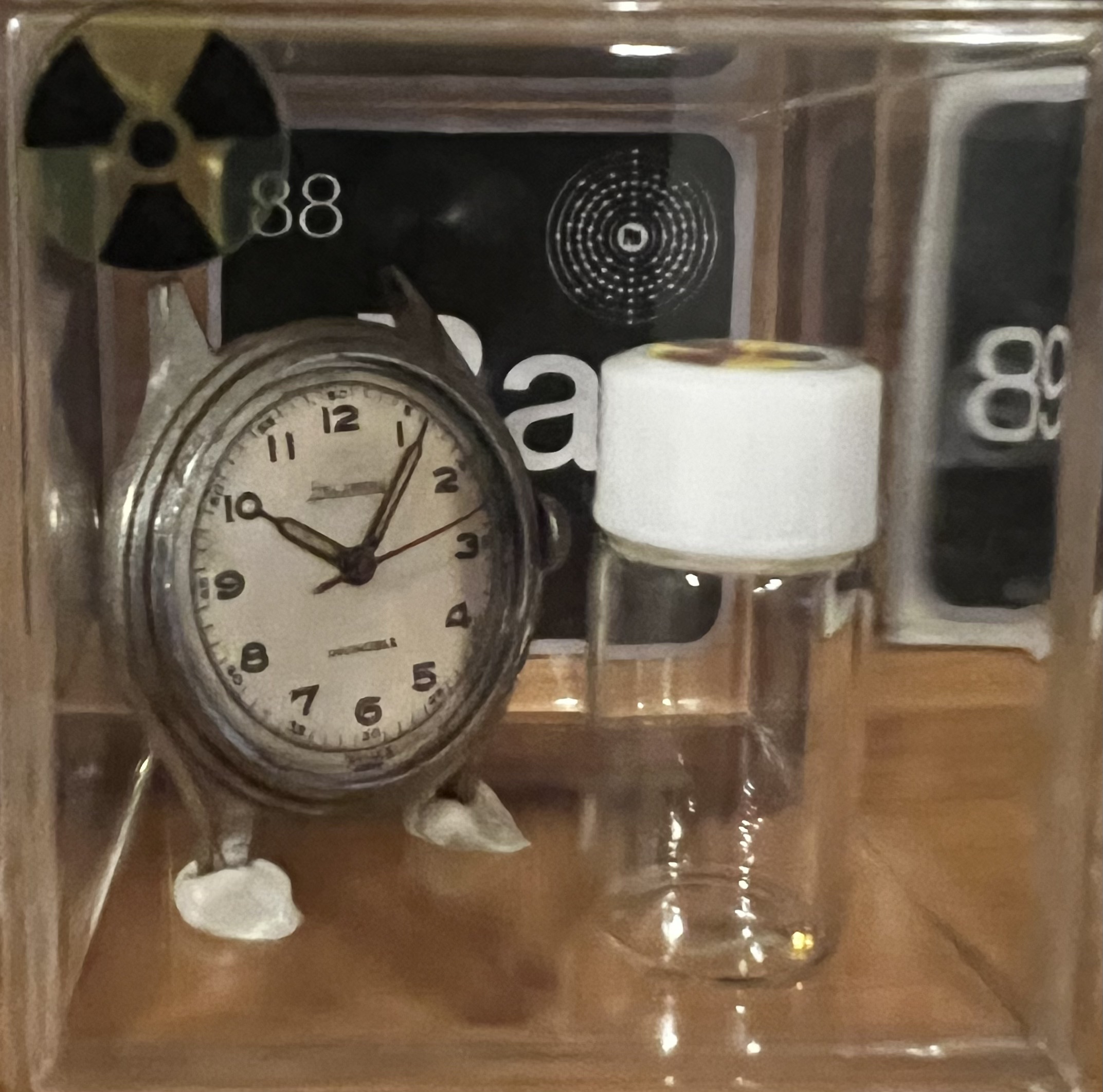
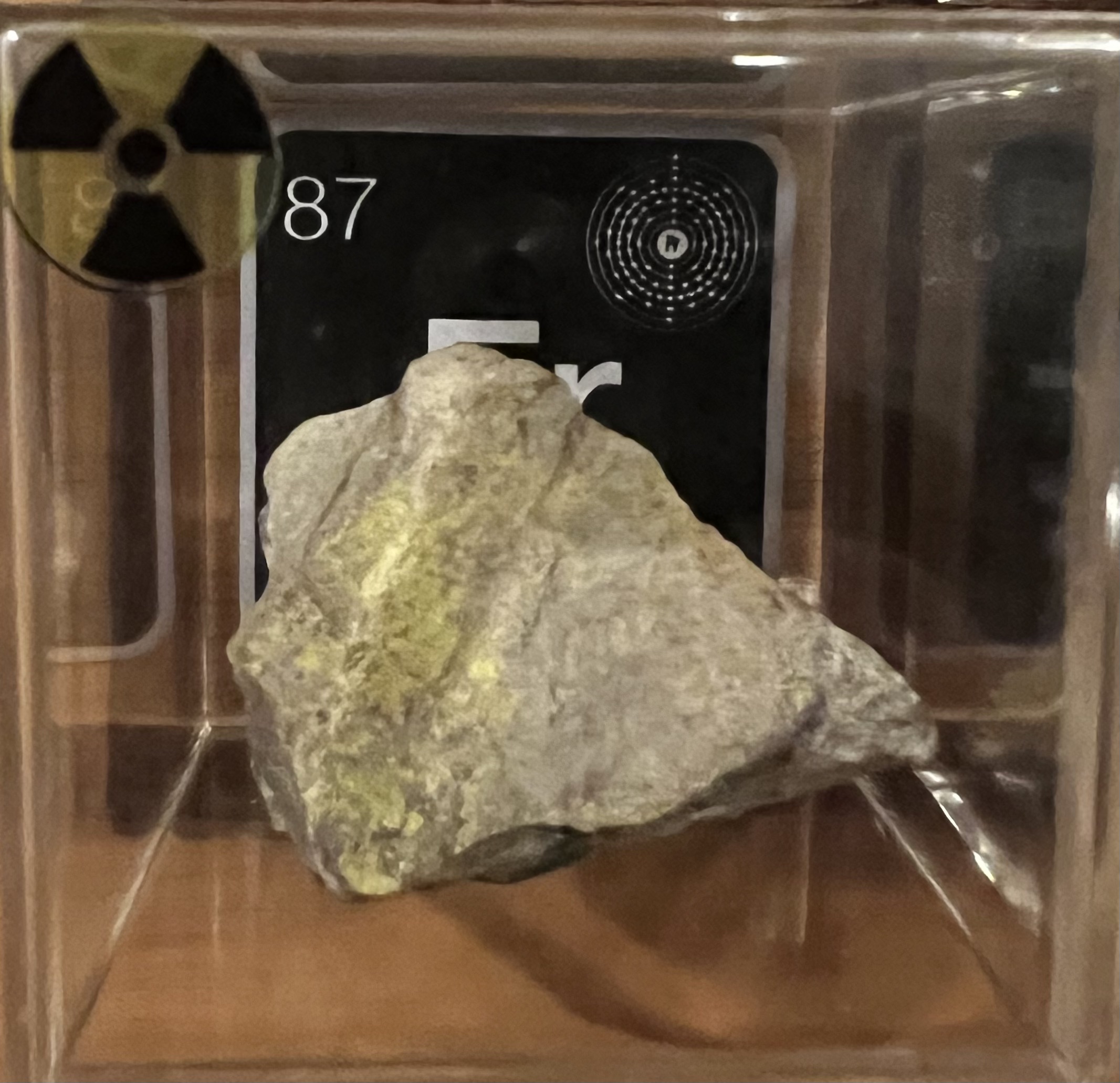
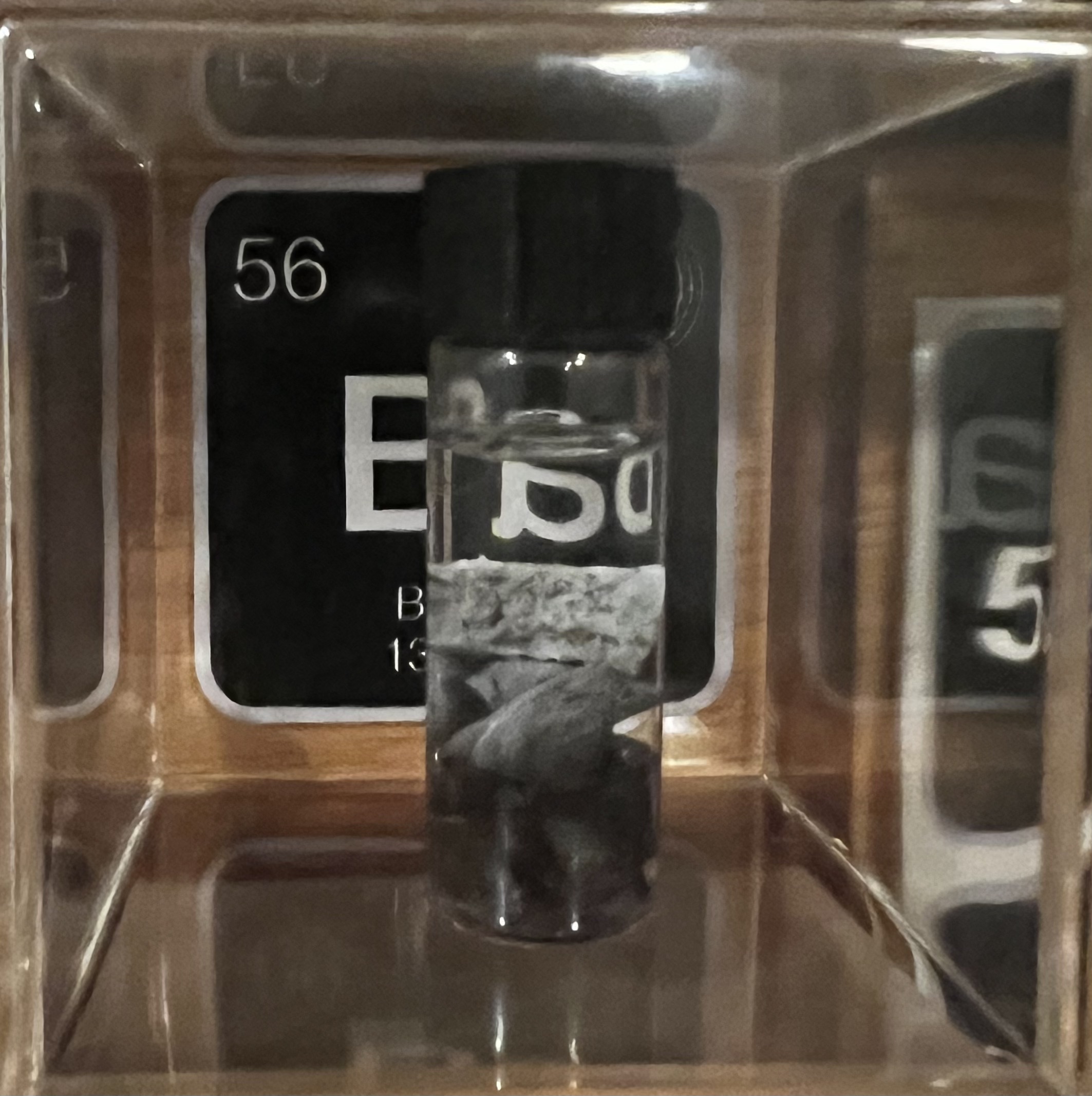
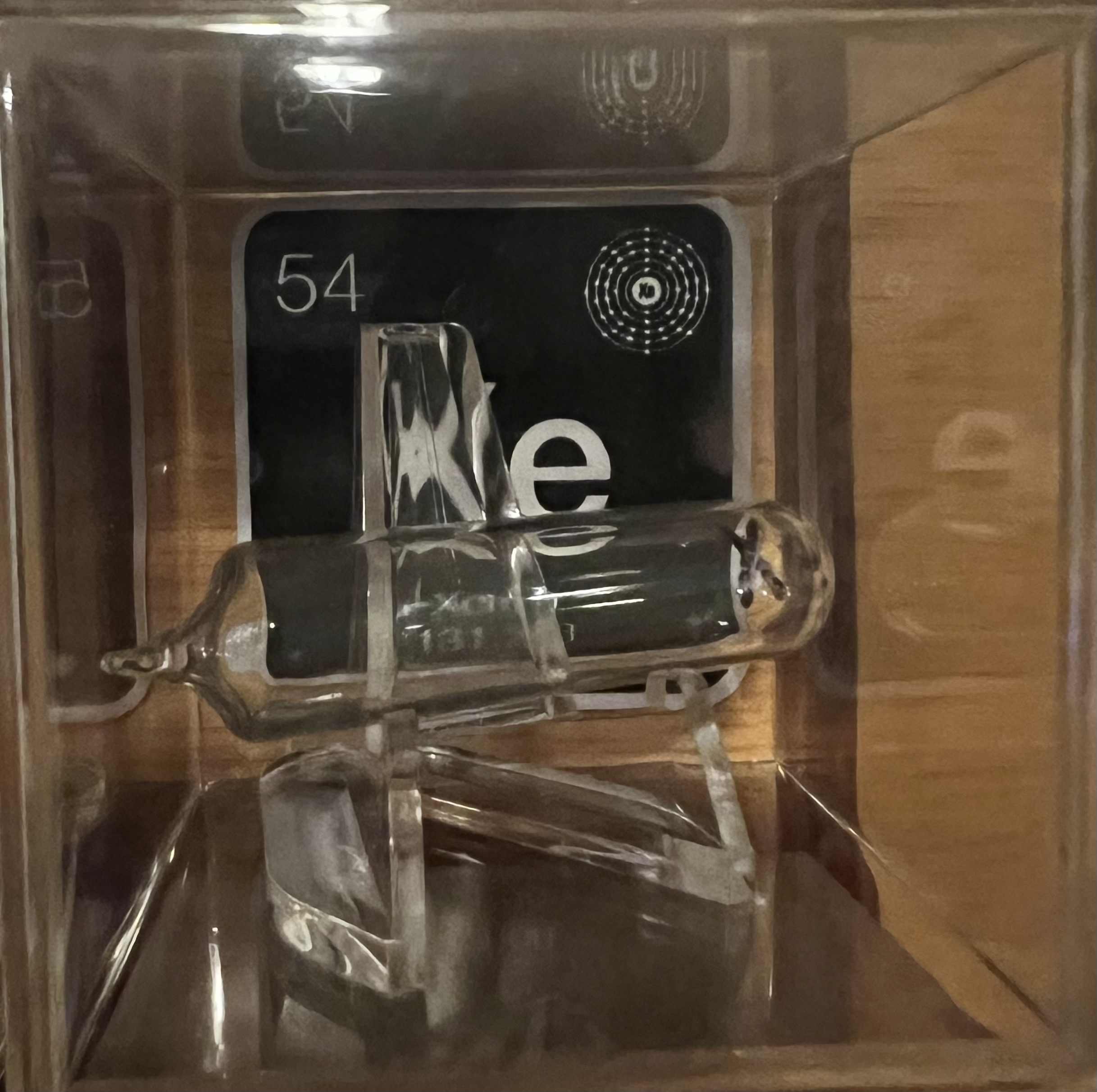
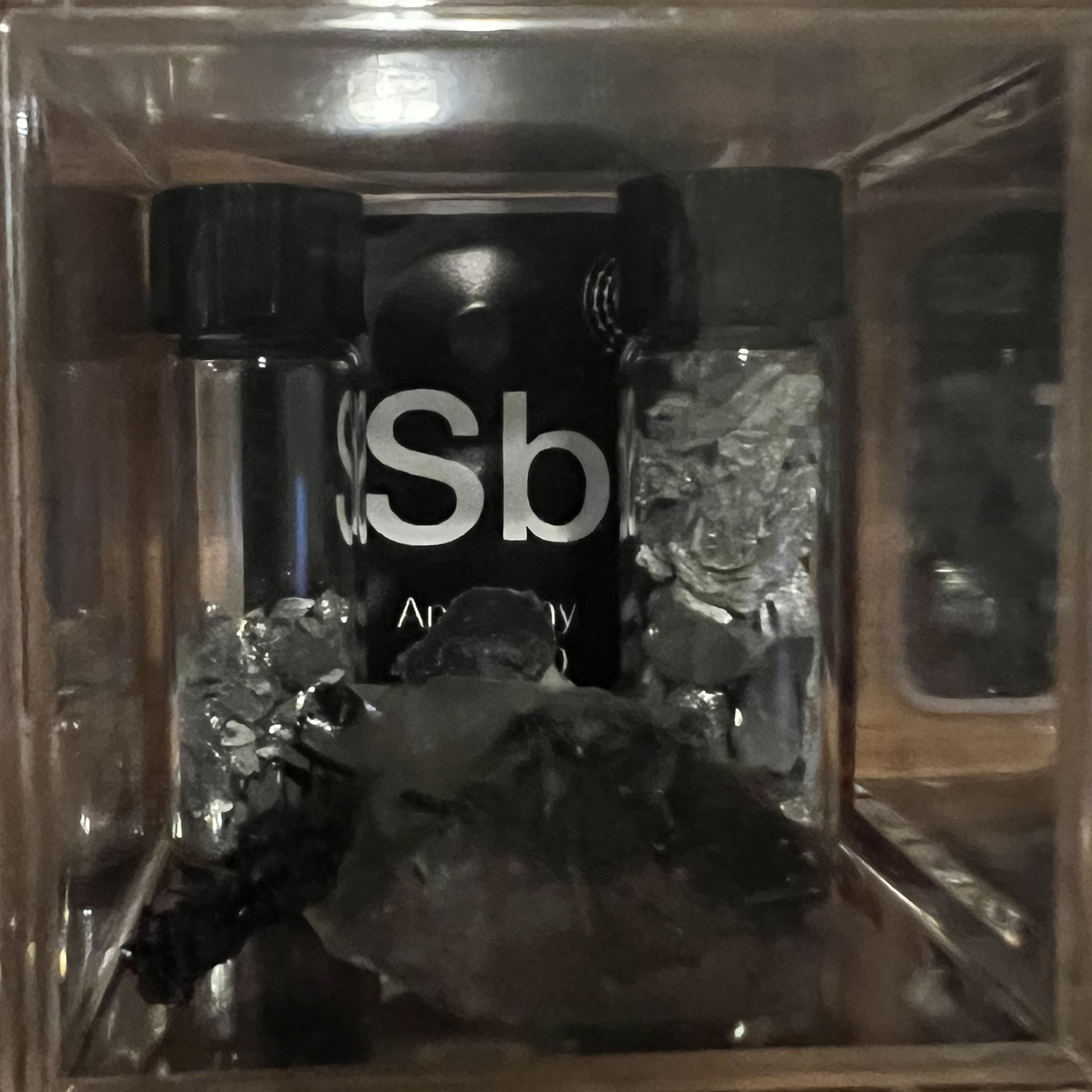
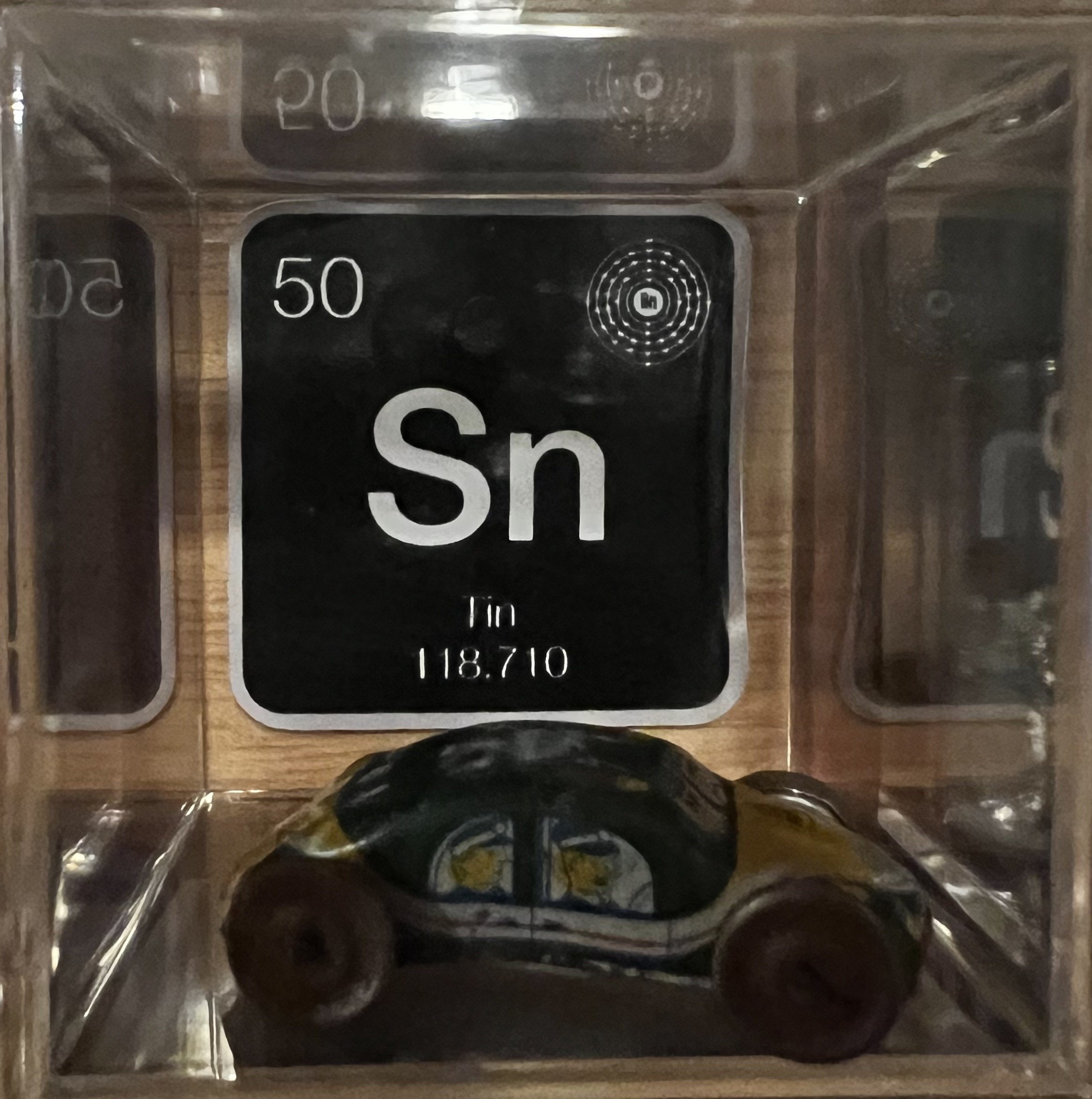

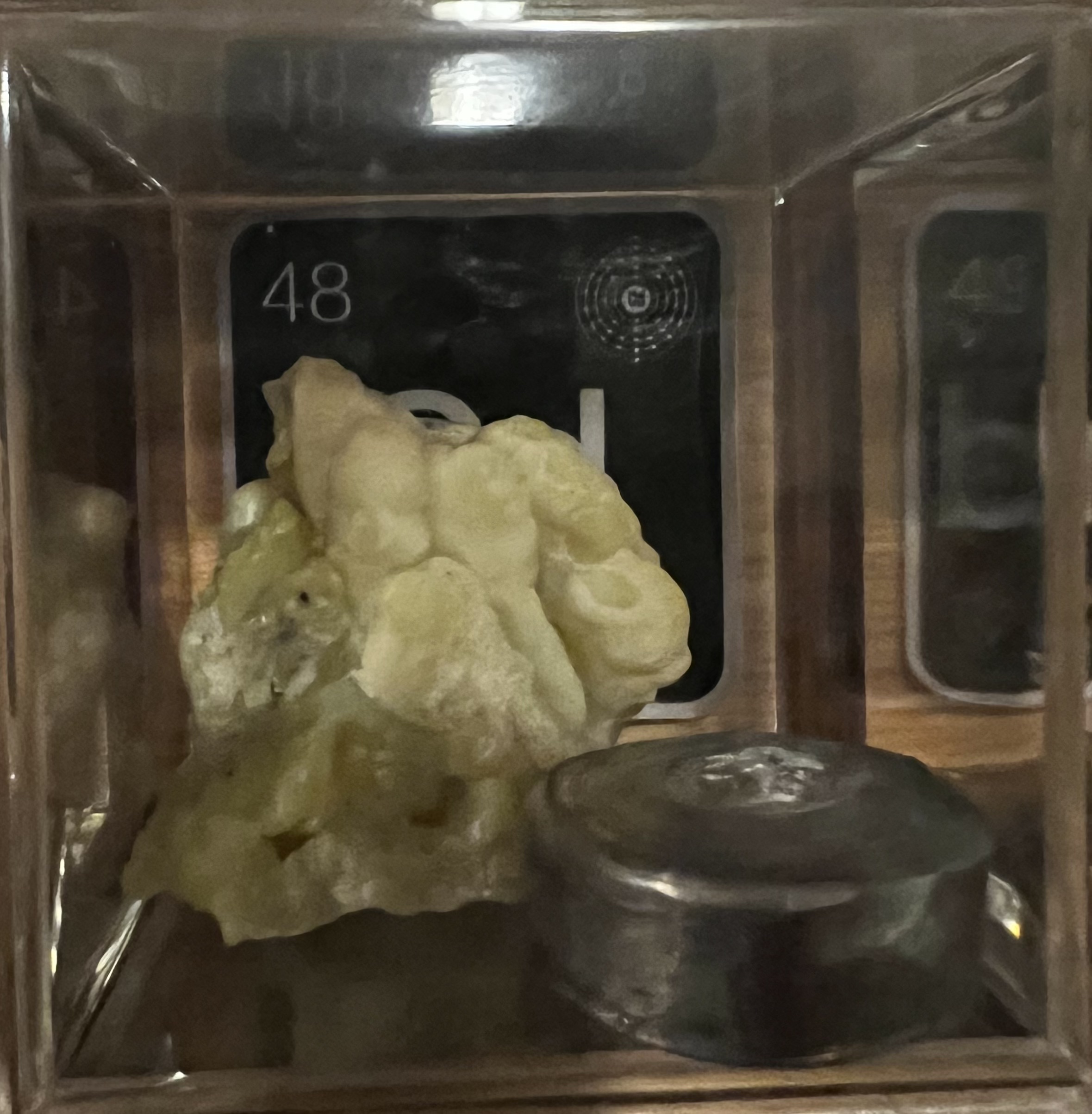
 using WordPress and
using WordPress and